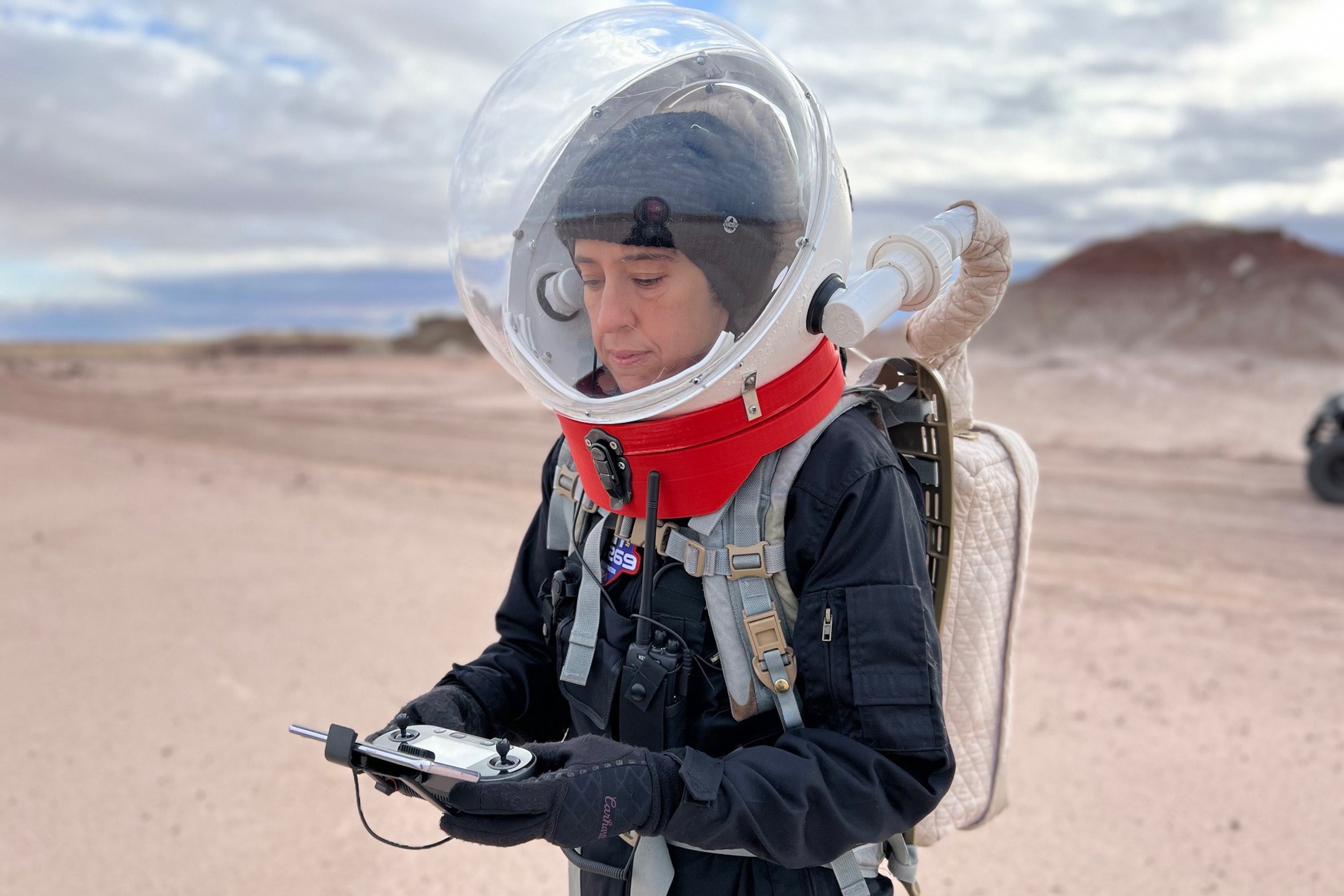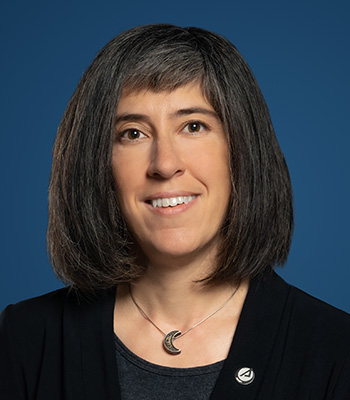A Satellite Expert Samples Life on Mars
-
-
MIT Technology Review
Filed Under
Recommended

Humans have yet to bake bread on Mars, but Barbara (Manganis) Braun ’95 has come closer than most.
Braun is principal director in the corporate chief engineer’s office of the Aerospace Corporation, which operates the only federally funded R&D center devoted exclusively to space enterprise, including technology, safety, and policy. Her days might include drafting policy recommendations or planning the removal of a decommissioned satellite from orbit. But for two weeks in late 2022, she was one of six people Aerospace sent to the Mars Desert Research Station (MDRS) in a remote region of Utah for an immersive simulation.

Braun’s engineering credentials and experience as an EMT and former mountain rescue volunteer helped secure her spot as the mission’s health and safety officer. She piloted a fitness regimen, ran a trial examining how communications delays might affect astronauts, and participated in research on 3D terrain mapping and more. She also supplemented the crew’s shelf-stable diet with fresh bread she made using dehydrated flakes of her own sourdough starter.
At MDRS Braun saw “how handy our future astronauts are going to have to be when help is eight months away.” Her isolated cohort had to troubleshoot everything from malfunctioning spacesuit electronics to a backed-up toilet. “There’s the glamour of spaceflight, but sometimes the mundane interferes,” she says wryly.
Drawn to MIT by her fascination with space, she says being an aero-astro major on an ROTC scholarship gave her the confidence to master unfamiliar subjects quickly. “Slightly unsanctioned extracurriculars” (read: hacks) were equally formative. “Nothing teaches you project management skills like running one of those,” she observes.
During five years of active Air Force duty in New Mexico, she got hooked on satellites after assembling one of her own and installing it on the space shuttle at the Kennedy Space Center. She remained in the Air Force reserves for nearly two decades while working at Aerospace. Early on, she joined the team supporting CloudSat, a NASA cloud-measuring satellite flying in formation with a French counterpart. When CloudSat suffered a battery anomaly, Braun designed the maneuvers to return it to its original orbit, which she says was “like pulling onto a freeway when you only get the opportunity once every 60 days.”
Today, Braun focuses on things like how to create satellite launch protocols that can adapt to rapidly changing technology. “My joy is still in solving the hard technical problems,” she says. “It’s just that the problems are bigger.”
This article also appears in the November/December issue of MIT News magazine, published by MIT Technology Review.







